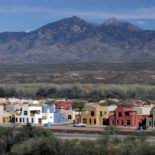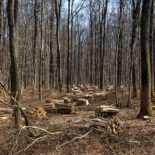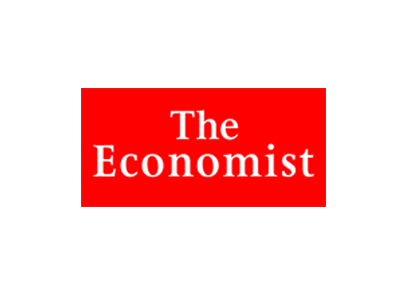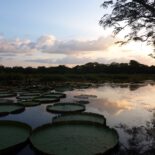
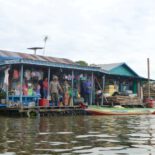
TakePart · Energy Environmental Justice Food Policy Water
A Giant Lake that Sustains Millions of People Is in Danger
Dams, overfishing, and pollution threaten Cambodia’s Tonle Sap, the largest lake in Southeast Asia and one of the world’s most productive fisheries.

TakePart · Adaptation Nature-Based Solutions Slow Water Water
Coca-Cola Leaves It to Beavers to Fight the Drought
The soft-drink giant is deploying the dam-building animals to replenish groundwater supplies.

TakePart · Environmental Justice Indigenous Water
The Navajo Are Fighting to Get Their Water Back
A third of tribe members lack clean water while cities thrive on rivers running through reservations. New deals are enabling them to take some of what’s theirs.
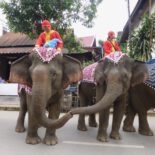
TakePart · Biodiversity Conservation Environmental Justice Policy
Laos’ Elephants Take to the Road to Save Their Forest Home
An elephant caravan draws attention to the illegal logging that threatens the country’s 900 remaining pachyderms.
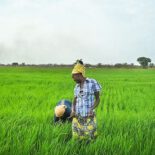
TakePart · Biodiversity Environmental Justice Food Policy Water
Investors Are Grabbing a Japan-Size Chunk of the Developing World for Food and Water
Activists tracking these deals say rich countries are buying up land—93 million acres—and displacing local people and wildlife.

TakePart · Nature-Based Solutions Slow Water Water
Hacking the Drought
With climate models predicting precipitation extremes in some of the world’s most ecologically and politically sensitive areas, scientists and engineers are coming up with creative solutions.
